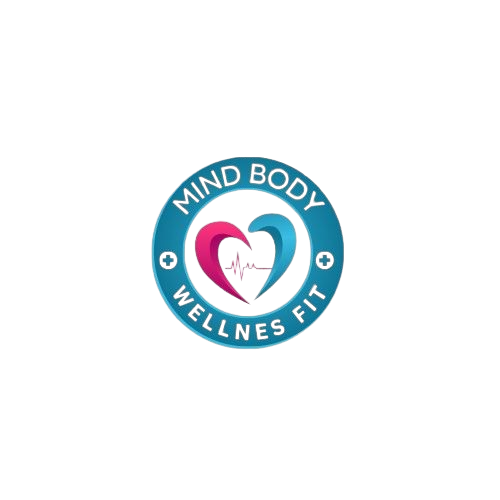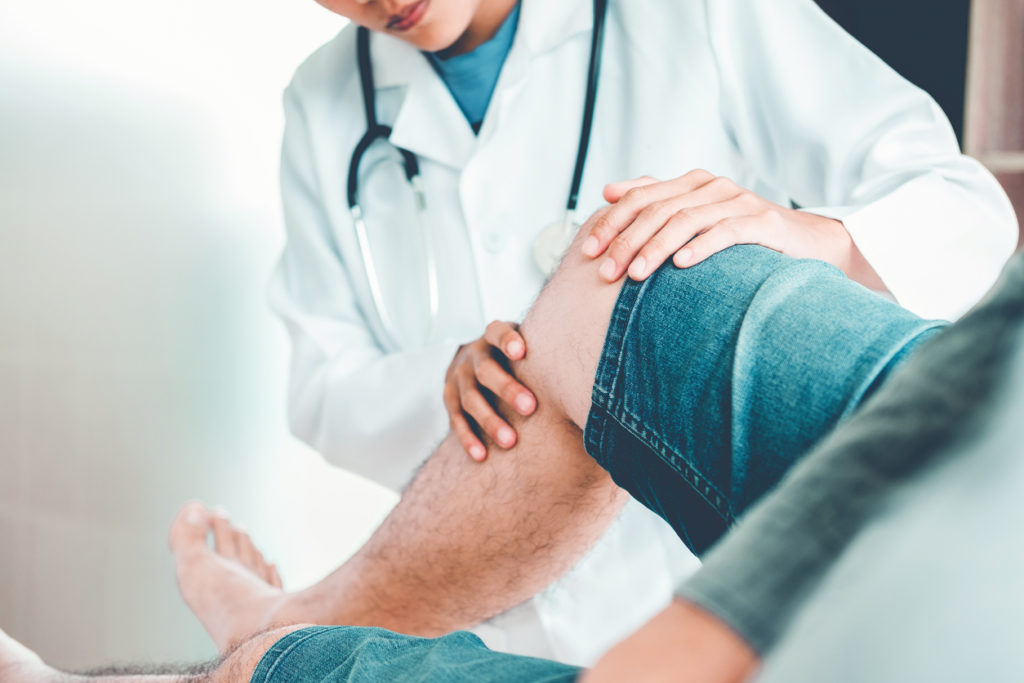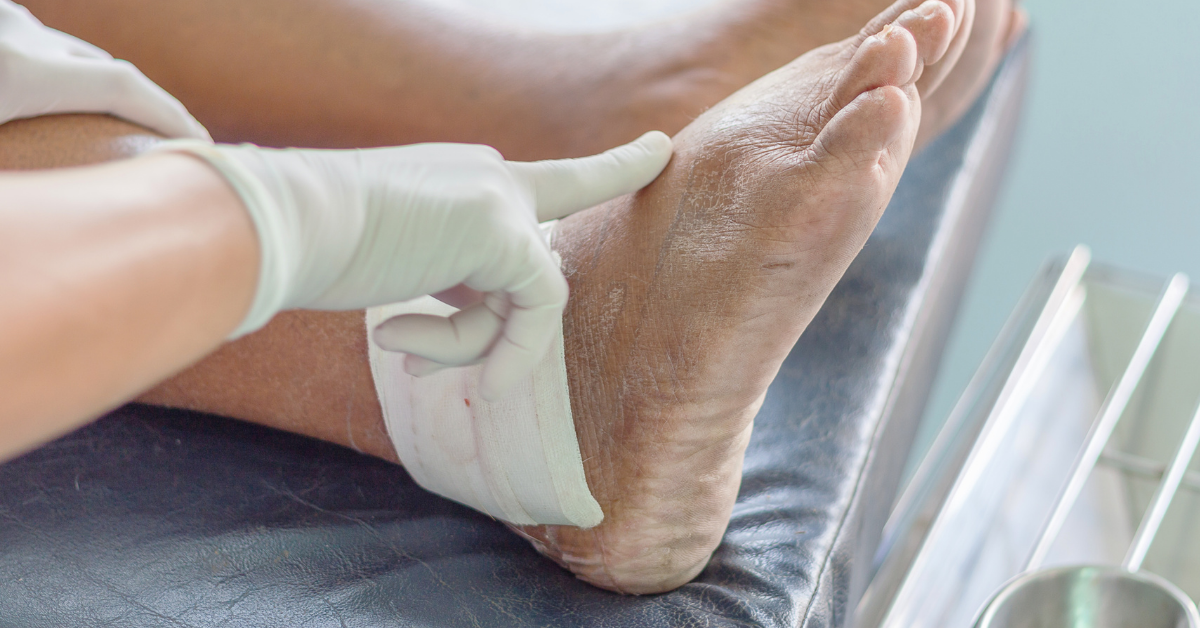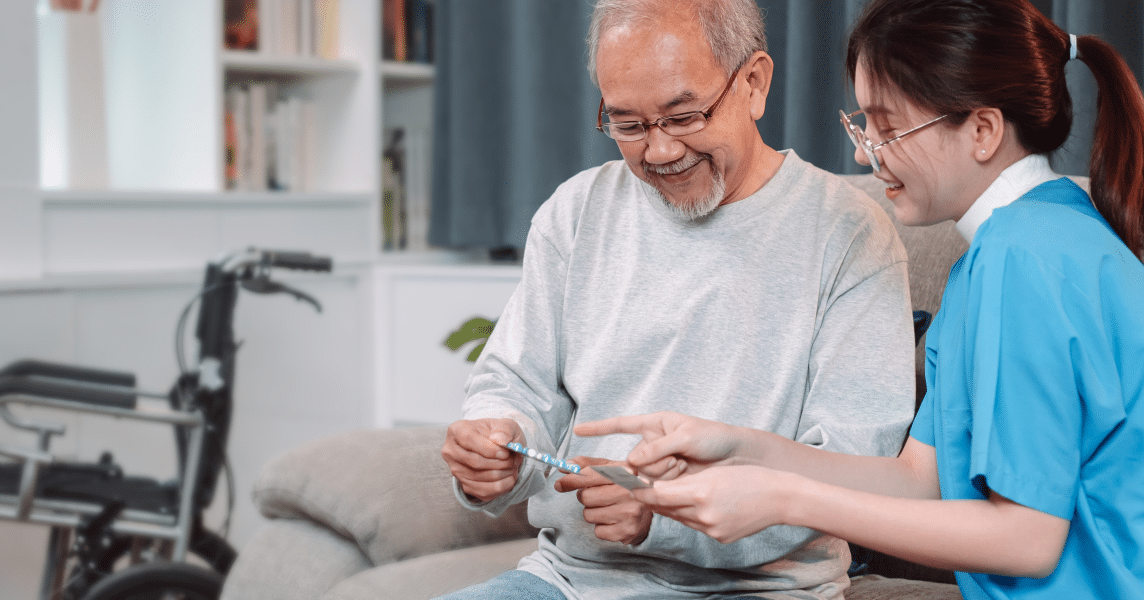Orthopedic physical therapy plays a vital role in helping individuals recover from injuries, surgeries, and chronic conditions affecting the musculoskeletal system. Strengthening and mobility exercises are two cornerstones of successful orthopedic rehabilitation, ensuring patients regain function, prevent re-injury, and enhance their quality of life. Understanding the significance of these elements can pave the way for more effective recovery outcomes.
Understanding Orthopedic Rehabilitation
Orthopedic physical therapy is designed to restore strength, flexibility, and functionality to individuals affected by musculoskeletal issues. Whether recovering from a fracture, joint replacement, or sports injury, rehabilitation aims to improve movement and alleviate pain. By focusing on strengthening and mobility, orthopedic physical therapy addresses the root causes of dysfunction, offering a comprehensive approach to recovery.
The Role of Strengthening in Rehabilitation
Strengthening exercises are a core component of orthopedic physical therapy, as they rebuild muscle power and support injured or weakened areas. Stronger muscles can better stabilise joints, reduce pain, and minimise the risk of future injuries. Common strengthening techniques in orthopedic physical therapy include resistance training with bands, weights, or body weight and functional exercises like squats or lunges. The concept of progressive overload ensures gradual improvement without overstressing the body.
The Role of Mobility in Rehabilitation
Mobility training is equally essential in orthopedic physical therapy, focusing on enhancing the range of motion and flexibility of joints. Reduced mobility can lead to stiffness, discomfort, and limited functionality in daily activities. Stretching routines, dynamic and static exercises, and low-impact practices like yoga or Pilates are key mobility techniques used in orthopedic physical therapy. These exercises improve joint health and complement strengthening efforts by enabling smoother, pain-free movements.
Why Strengthening and Mobility Should Be Integrated
Integrating strengthening and mobility exercises is crucial for a balanced and effective orthopedic physical therapy program. These two elements work synergistically: strengthening improves stability, while mobility enhances flexibility and range of motion. Neglecting one aspect can lead to imbalances, prolonging recovery and increasing the risk of further injuries. A combined approach ensures holistic recovery, preparing patients for both everyday tasks and physical challenges.
Tips for Effective Strengthening and Mobility Programs
Orthopedic physical therapy is most effective when tailored to individual needs. Personalised plans based on injury type, severity, and recovery goals yield the best results. Seeking guidance from a trained physical therapist ensures exercises are performed correctly and safely. Consistency, progress monitoring, and gradual adaptation of routines are key factors in achieving optimal outcomes in orthopedic physical therapy.
Technology and Tools for Strengthening and Mobility
Advancements in rehabilitation tools have revolutionised orthopedic physical therapy. Tools like resistance bands, mobility aids, and specialised exercise machines enhance the effectiveness of strengthening and mobility exercises. Digital apps and wearable devices allow patients to track progress and maintain accountability. Virtual physical therapy sessions have also become increasingly popular, offering convenience without compromising the quality of orthopedic physical therapy.
The Long-Term Benefits of Strengthening and Mobility in Orthopedic Rehabilitation
The benefits of orthopedic physical therapy extend far beyond the recovery phase. Strengthening and mobility exercises contribute to overall physical health, reducing the likelihood of recurring injuries and chronic pain. Improved strength and flexibility enable individuals to perform daily activities with ease and confidence. By establishing lifelong habits centred around strengthening and mobility, patients can enjoy enhanced independence and an improved quality of life.
Takeaway
Orthopedic physical therapy emphasises the importance of strengthening and mobility in recovering from musculoskeletal injuries and surgeries. Together, these elements form the foundation of a comprehensive rehabilitation program, enabling patients to regain functionality, prevent re-injury, and achieve long-term health. By committing to a structured plan under professional guidance, individuals can unlock the full potential of orthopedic physical therapy and enjoy a better quality of life.
FAQs About Strengthening and Mobility in Orthopedic Rehabilitation
- Why is mobility training important after surgery? Mobility training is crucial in orthopedic physical therapy as it prevents stiffness, improves range of motion, and accelerates recovery.
- How long does it take to regain strength and mobility? Recovery time varies based on the injury and individual, but consistent orthopedic physical therapy can yield noticeable results within weeks to months.
- Can I do strengthening exercises at home during rehabilitation? Yes, many strengthening exercises recommended in orthopedic physical therapy can be performed at home with minimal equipment. Always consult a physical therapist first.
- What should I avoid during orthopedic rehabilitation? Avoid overexertion, improper techniques, and skipping prescribed rest periods to ensure safe and effective recovery during orthopedic physical therapy.






